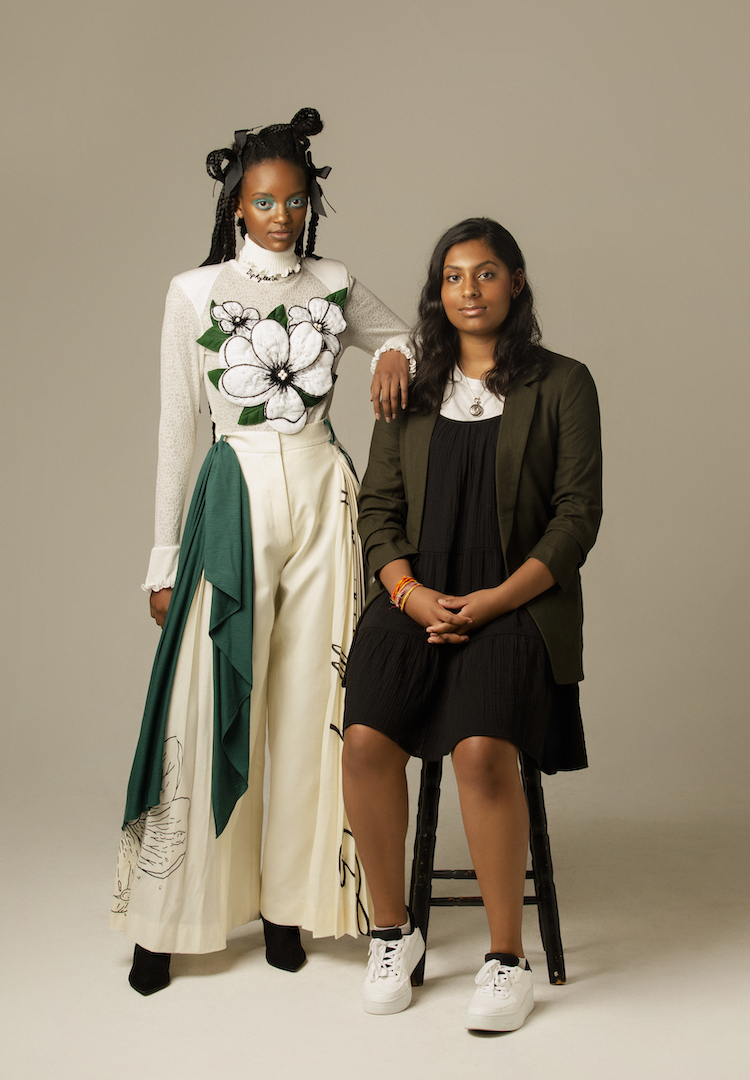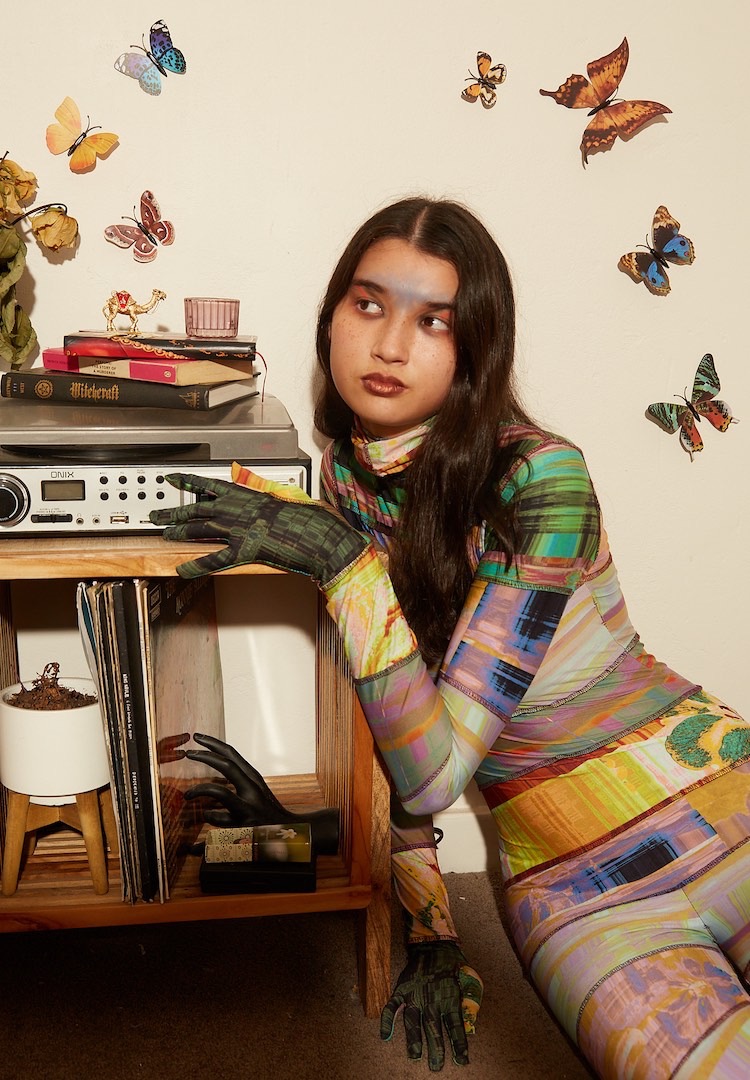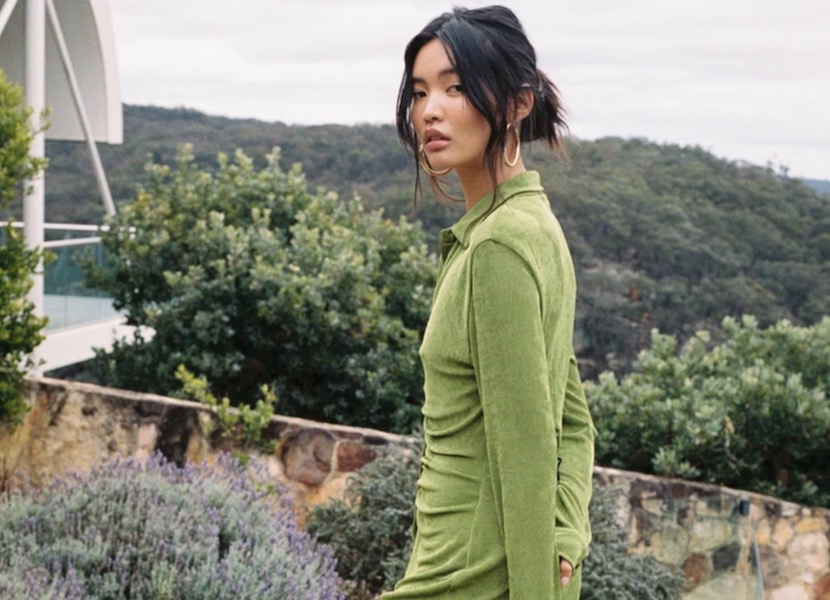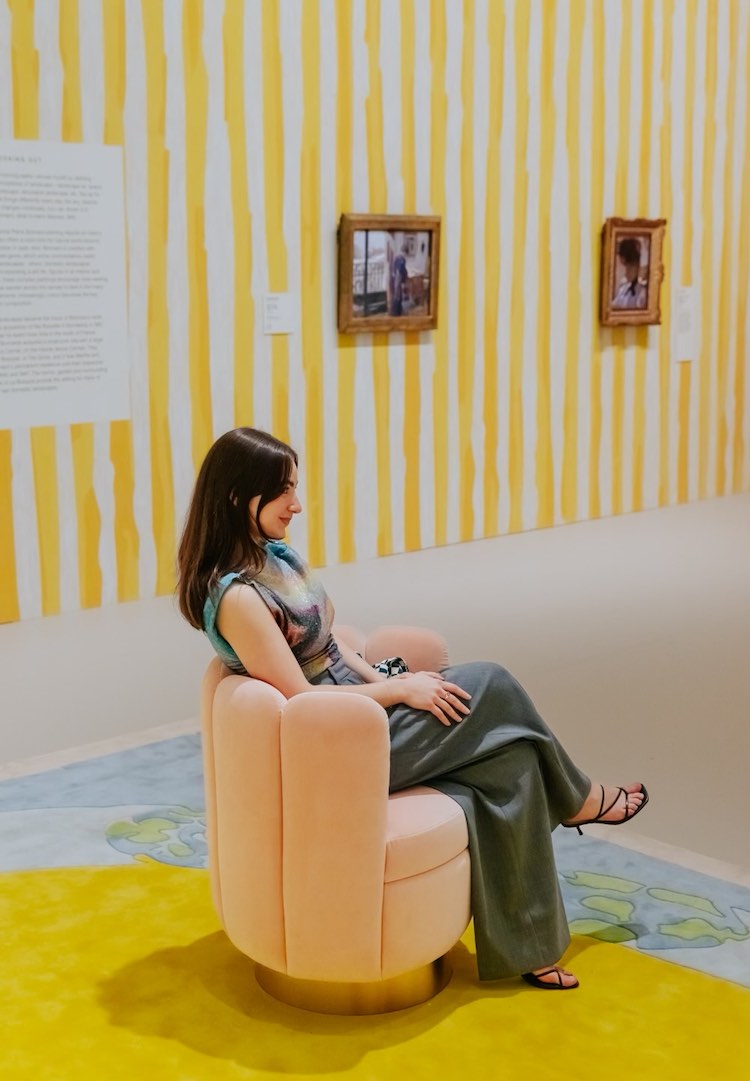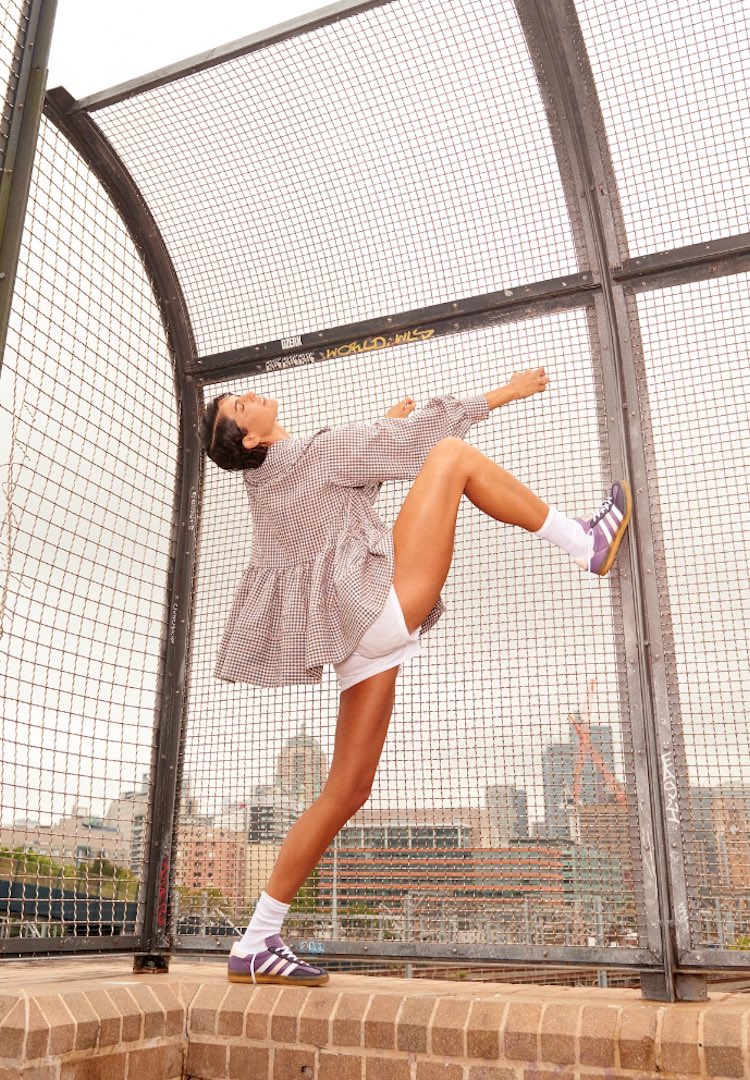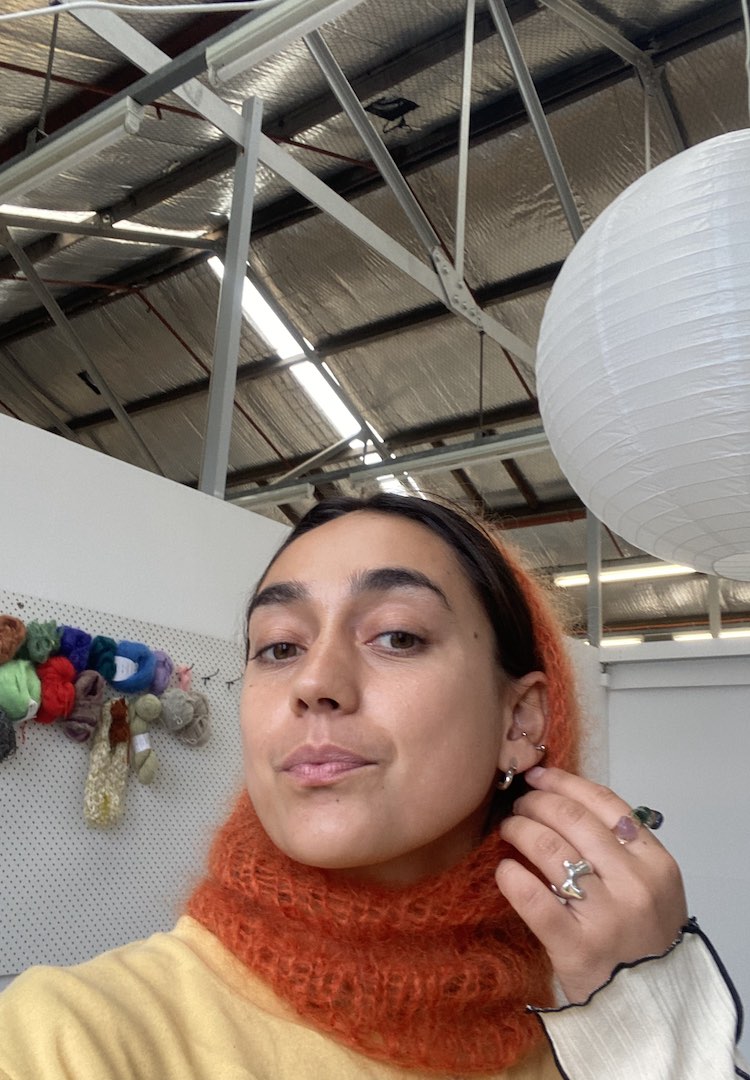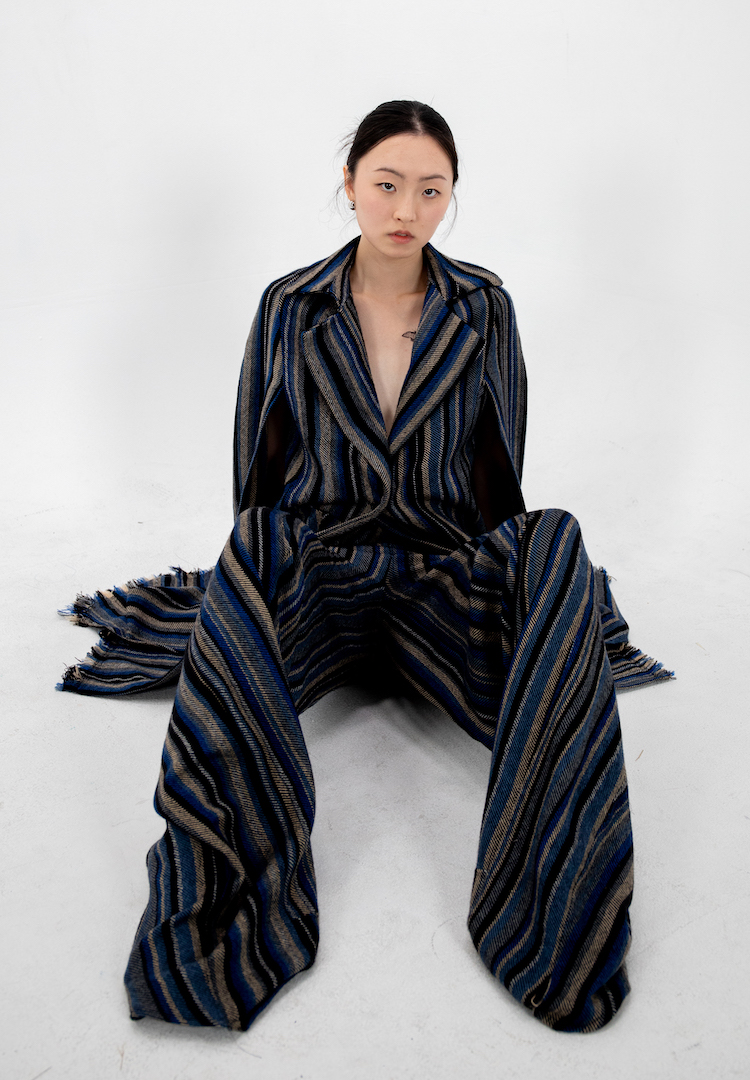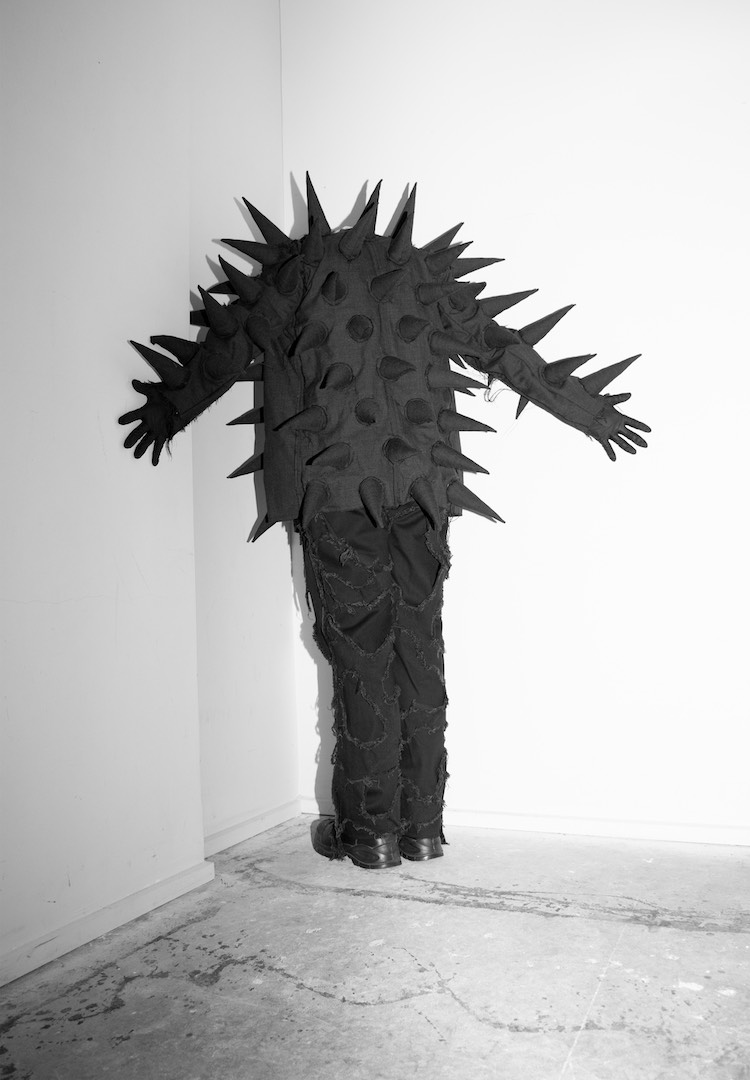Influencers still reign supreme in fashion virality, just ask Queensland brand With Jéan
IMAGE VIA With Jéan
WORDS BY BIANCA O’NEILL
It’s been six years since Realisation Par’s Diane dress swept the internet into a buying frenzy, but Instagram influencers are still bringing in the sales.
Remember Réalisation Par? The dress that launched a thousand angry columns? Launched back in 2015, Réalisation Par was probably the first local brand to see fashion virality translate into concrete sales, after its pieces were seen on the bodies of some of the biggest celebrity influencers in the world, including Alexa Chung, Hailey Bieber and Emily Ratajkowski.
And now, six years later, another local brand has taken the crown as Instagram’s favourite: Queensland brand With Jéan. The dress may be green, instead of red. It may be seen on a much more diverse range of influencers than the young, white PYTs of yore. But it’s proof that the more people say that the power of influencers has changed, the more we realise it has stayed exactly the same.
Looking for some similarly thought-provoking reads? Subscribe here and we’ll send them straight to your inbox.
Ethical concerns, a lack of transparency, excessive filter use, and allegations of fraud (particularly concerning the purchase of followers and the use of comment groups to drive fake engagement) have all plagued the influencer community – and yet, it has been one of the highest growth areas in digital marketing, seeing a whopping $8 billion added into influencer pockets each year.
It all comes down to one simple fact: influencers sell units. The latest brand to take advantage of this highly-tapped potential is With Jéan, who says it doesn’t use traditional marketing at all – only advertising via social media, influencer gifting and online.
“Influencer marketing is definitely an important part of our business as an online retailer,” says Evangeline Titilas, co-founder and director at With Jéan. “Most of our influencer marketing is executed on a gifting basis, so the content and messaging that is created from that kind of partnership is a lot more organic. The influencer’s audience, and in turn our audience, engage with that more fluidly then perhaps someone wearing something that doesn’t suit their usual aesthetic or personality.”
Admittedly, influencer marketing strategy has changed over the years. Brands now understand exactly what Titilas refers to here: that authenticity is key. Gone are the days when a brand would demand their clothing was photographed with only their own pieces, or dictate a specific mood board, caption, or layout for the influencer to follow. Nowadays, savvy brands understand that their product should fit into the influencer’s world – rather than the influencer fitting into the brand’s.
After all, followers are there for the influencer’s style, not some extension of a corporate identity. In some ways, it doesn’t really matter what brand influencers wear anymore, as consumers tend to see their favourite stars as a kind of personal stylist. Basically, just provide the purchase link, and the rest will follow.
However, there still seems to be a disagreement between digital marketers when it comes to influencer posts translating to actual sales. So, is there a concrete correlation there? Titilas says yes – but rather than turning a dud into a winner, influencer marketing acts as more of a gentle push for styles that are already selling.
“The consumer engages and connects with content better when it is organic,” says Titilas. “So we definitely see a correlation with a lot of our influencers we gift and products they choose to support on their own accord. But most often when our pieces are on that kind of trajectory we see it in sales from launch, so even before influencers start requesting it.”
But beyond local sales, influencer marketing is also key to driving sales overseas – particularly for a direct to consumer brand with no retail presence on the ground. With Jéan tells me that localised influencer posts are essential to developing brand trust within international markets where local consumers aren’t sure about the product, and prefer a familiar face to lend an air of reassurance to their first purchase with an unknown brand.
In the end, however, the product has to be lust-worthy, first and foremost. After all, how can a dress go viral if no one actually wants to buy it? So what does it take to achieve that virality? What does it take to deliver a lust-worthy product that captures the imagination (and wallets) of everyone on Instagram?
Réalisation Par has surprisingly maintained its popularity over the last six years. Interestingly, instead of riding micro-trends and high style turnover, it is known for re-releasing styles with small variations, purporting itself to be a kind of ‘anti-trend’ brand.
On the success of its red and white spotted Diane dress back in 2016, the designers told Broadsheet their strategy was simple: “We wanted to create a product that was instantly recognisable. You need to be able to walk down the street or look at an image on the web and instantly know that is a Réalisation dress.”
With Jean, on the other hand, say it’s hard to predict. “We never know which design/s are going to ‘go viral’,” says Sami Lorking-Tanner, co-founder and director of With Jéan. “Each time we’re in the design process we focus on designing pieces we personally love. We curate each and every piece with the idea of them being the pieces we need in our wardrobes and hope that they are well received by our consumer.
“There is always a stand out in each collection and we can never guess which one is going to be the next to go viral, it’s always one of the most exciting things to watch when a new collection is released.”
Part formula, part luck, it seems the only thing you can guarantee is that if you’re onto a winner, influencers will want to wear it and their followers will want to buy it.
Bianca O’Neill is Fashion Journal’s senior industry columnist. Follow her at @bianca.oneill.

